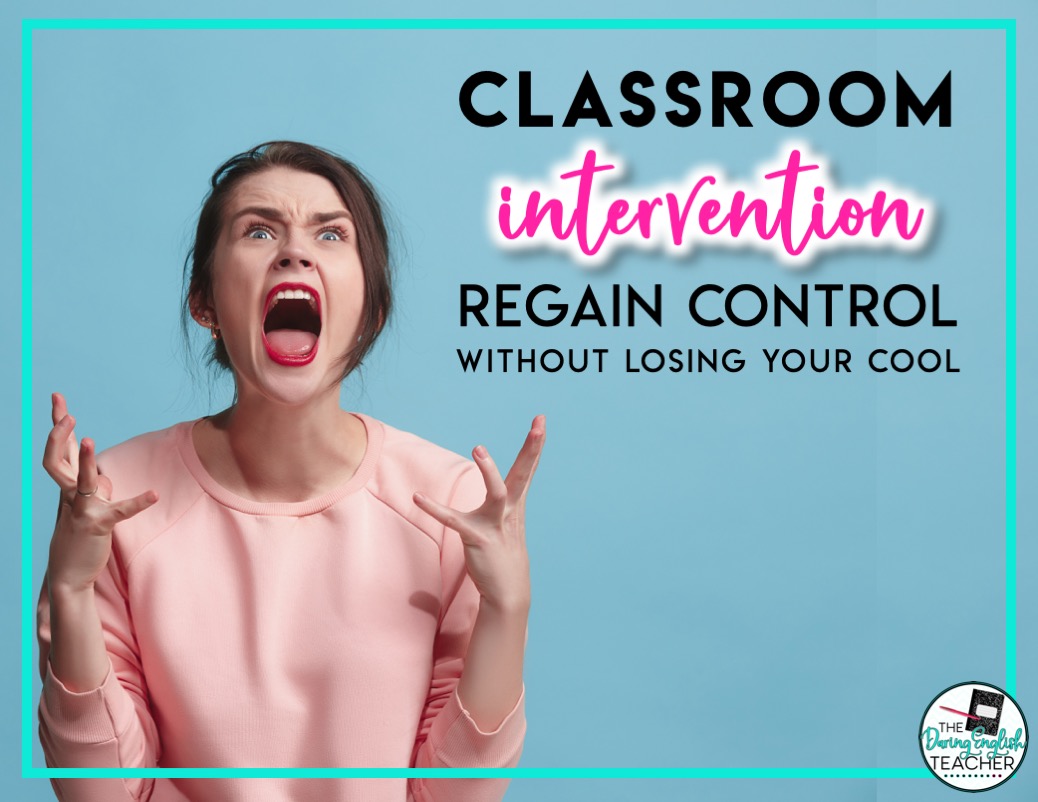Ever so often, secondary teachers will have a difficult and challenging class. While all of the students individually are great kids, the combination of students just makes for one bad recipe. That was the case in my sixth-period class this year. It was a difficult class, and almost every day for a few weeks the class-tested my patience and classroom management skills. I tried talking to kids individually. I tried positive rewards and interventions. I tried calling home. I tried whole-class punishment. I tried my whole bag of tricks -which includes everything that I do in all of my other classes where this does not happen. Nothing was working, so I paused the class, took an entire day off from instruction, and rebooted my class. I gave them a voice, and the results were amazing.
After several sleepless nights, I decided my class needed a classroom behavior intervention. I didn’t just limit this to my class though, I included myself. At the beginning of the period, I (once again) expressed my disappointment, frustration, and expectations, but then I did something to give the students a voice. I gave them an opportunity to honestly provide input.
I displayed the classroom management organizer (available via the email subscription below) on the overhead projector, and I told the students that I wanted each and every one of them to complete all of the boxes with information that they felt was reasonable and that would help create a productive and positive classroom atmosphere. This organizer contains six different categories: their expectations of me as their teacher, what I could expect from them as a student, suggested classroom rules, suggested classroom electronic device policy, fair consequences, and classroom goals and objectives. After completing the chart, I asked my students to rate themselves in the classroom and provide rationale.
I told my students that there would be time to compare lists, but that I wanted each student to work on his or her own piece of paper silently and individually so that they could formulate their own ideas. I told them that I would also do the same, but that I would fill it out as a teacher.
For the first time in a few weeks, every single one of my students worked diligently and silently. And I mean EVERY. SINGLE. ONE! Students didn’t check their phones. They didn’t whisper and engage in side conversations. They didn’t complain. After about 15 minutes of working silently, I then instructed my students to talk with some of the people at their tables to compare notes, and then it was time to face reality. It was time for them to share their responses with me.
Since I wanted to provide my students with a voice. I had them share their expectations of me first. The well-behaved students in my class kept silent, as I suspected, but the ones who usually caused disturbances and distractions were eager to share. And while their expectations were more of a complaint about my classroom rules than an expectation, I made sure not to interrupt them. I listened. I took notes. I thought of ways I could improve in that classroom. I agreed with my students on some of their complaints, and we met in the middle. I made sure they knew their voices were heard.
I then shared my expectations, and together as a class, we discussed what we wanted the class to be like.
That was almost a week ago, and ever since that day, classroom morale is up. The students are more cooperative, more learning takes place, and I don’t leave the classroom at the end of the period feeling frustrated and defeated.
I didn’t want to ditch my lessons for a day, but I needed to get my class back on track. I needed to reign them in, while still showing them respect. There are so many people in this world telling our students that they aren’t old enough to make informed decisions, or that they don’t know what they are talking about, or who don’t even give them the time of day to listen to their thoughts and opinions. By doing this with my worst class, not only did I show them respect, but I showed them that I care.





2 Comments
Lucky you!! I tried something similaR with my students and didnt work at all.
Can you tell me how you develop it?
Thank you
Oh no. I am sorry. This worked for a few weeks, and then we had to do it again. I resorted to frequent parent calls, for both positive and negative consequences.